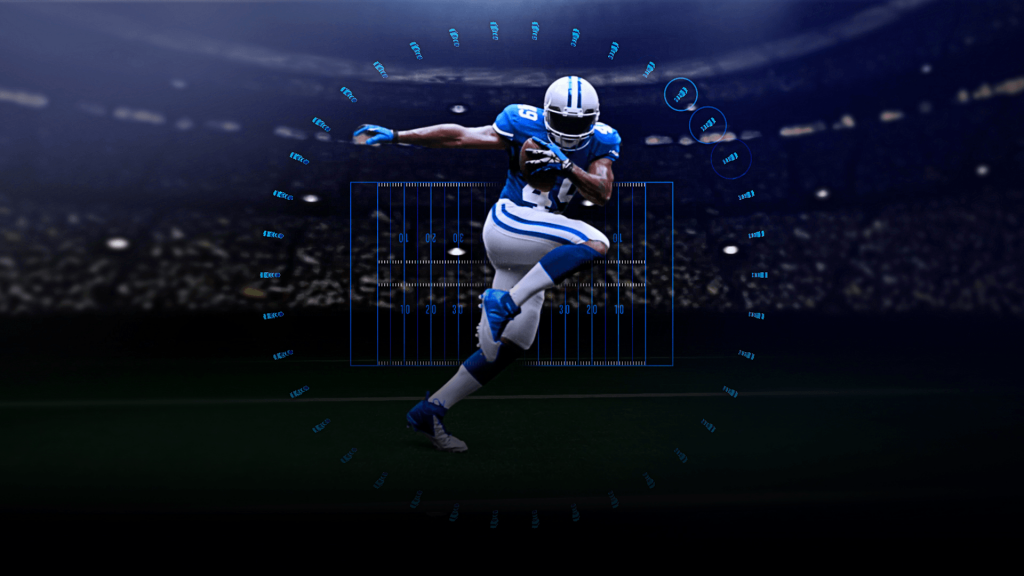
Machine learning (ML) is a brilliant technique showing promising results in any realm having something to do with classification and prediction. One particular area that is in great need of accuracy is sporting event prediction. As ever-larger sums flow through the betting arena, club owners and managers alike look for classification models to better understand game outcomes and develop strategies necessary for winning matches.
These models are based on enormous historical data piles, such as match results, player performance, player location, expected assists, etc. Machine learning allows computer systems to learn by analyzing recorded examples in lieu of real experience, modeling the data, and calculating outcomes. ML’s main advantage is that the analysis does not depend on pre-programming: In fact, all calculations are made based on the patterns detected in the data itself, without set expectations.
With the increase in computer processing power and the sheer amount of data now available on literally everything, ML systems can work off of numerous examples. This technique transforms any field it touches, and remarkable social and economic opportunities will surely follow.
Let’s take a look at some of the techniques that can be used to predict the outcomes of sports matches, thus helping club owners and managers formulate winning strategies.
Data Classification
Machine learning represents the synergy of statistics and computer programming. It enables model-building based on copious amounts of data without explicit commands. A staple machine learning application is using deep neural networks in conjunction with artificial neural networks to predict outcomes.
Neural networks
Neural networks are a set of algorithms designed to mimic the pattern recognition routinely achieved by the human brain. They extract numerical patterns in real-life data that’s been converted into vectors.
Neural networks have the power to cluster and classify the data they’ve been fed. They can group unlabelled data based on perceived similarities or classify information in a specific way after many learning rounds on labeled datasets.
Deep neural networks (DNN) and artificial neural networks (ANN) are used to develop efficient frameworks that can predict, among other things, football match outcomes. Namely, a dataset comprising player rankings, performances, match results, and other possible factors allows ANN and DNN to generate predictions. Each dataset is split into a training set for establishing patterns, a testing set used to try out the model, and a validation set to compare the model’s accuracy to real-world results.
One such model performed exceptionally well, as it predicted 63.3% of match outcomes in the 2018 FIFA World Cup.
Supervised Learning
Supervised learning is the most commonplace method of machine learning. It involves entering input and output variables and then letting the algorithm learn the most accurate mathematical function that maps the relationship between input and output. The purpose of this is to master the mapping function so well that when you have new input data, you will be able to predict the values of output variables.
In essence, supervised learning means predicting a given target variable from a single or several prediction variables. The training lasts until the model achieves a certain level of prediction accuracy on the training data. The best-known examples of supervised learning are Linear Regression, Decision tree, Random Forest, KNN, and Logistic regression.
Unsupervised Learning
Unsupervised learning doesn’t require an outcome variable to create an estimate – patterns are based only on input data. Basically, it’s a form of cluster analysis and works by grouping data points into clusters based on similarity.
Reinforcement Learning
This method allows a machine to train continuously via trial and error. It learns from past experiences and, using this knowledge, makes more and more accurate predictions. Data about team performance, match results, and player statistics are used in algorithms to create match probabilities and help bookmakers create betting odds.
Linear Regression
Linear regression establishes the relationship between two variables. When working with this method, the main goal is to find the regression line’s best fit for the data provided. The best fit is the one where the differences between the values predicted based on the relationship and actual values are minimized. The regression line is defined by a linear equation (Y = a*X + b). X and Y are the values from each variable set, while the a and b coefficients express the relationship between them. For instance, you can find the relationship between a sports team’s scores and the time each player played with one another, and then try to predict scores based on the time players spent playing together.
Summary
Sporting event prediction has become an exciting field for many people, from sports fans to gamblers. It is also a prolific field for research, as the results of matches depend on various factors, such as player morale, skills, and current scores. In time, machine learning will surely become even more potent in predicting matches. However, the human factor will always play an important role in sports, and so far, no machine has been able to predict that.
Share This Article
Do the sharing thingy
Source: https://www.analyticsinsight.net/how-can-machine-learning-be-used-to-predict-the-outcome-of-a-sporting-event/